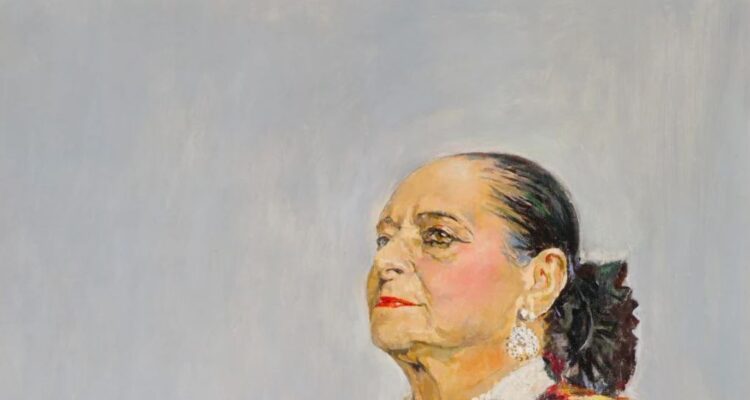Helena Rubinstein, born to modest shopkeepers in Kraków in 1872, grew up to found an international cosmetics empire that bore her name. Most biographical sources list her as Polish and American or a Polish-born American entrepreneur. They pay lip-service to her opening her first shop in Melbourne but fail to give full credit to the formative experience of her 12 years in Australia. It was here that she was first inspired to found the business that would make her famous worldwide.
Angus Trumble, who was a research fellow at the National Museum of Australia in Canberra, director of the National Portrait Gallery (NPG), and author of some lively books of popular history and a genial man, had just finished a book filling that lacuna when he died in October. Helena Rubinstein: The Australian Years is published posthumously.
“In the professional life of every art museum director or curator there are acquisitions that one recalls with pride,” Trumble wrote in his introduction, “but only a handful that one suspects may eventually be career-defining or, failing that, those for which one would most like to be remembered.” Foremost among the latter, he writes, was a portrait, Helena Rubinstein in a Red Brocade Balenciaga Gown (1957), by the English painter Graham Sutherland.
According to the NPG, which would say no more at the time, Trumble apparently worked hard to acquire it from London dealer Daniel Katz for a six-figure sum. Katz had purchased it in 2011 from a sale of artworks when the Helena Rubinstein Foundation was wrapped up, and the gallery bought it four years later.
Read the article by Angus Trumble in The Saturday Paper.

